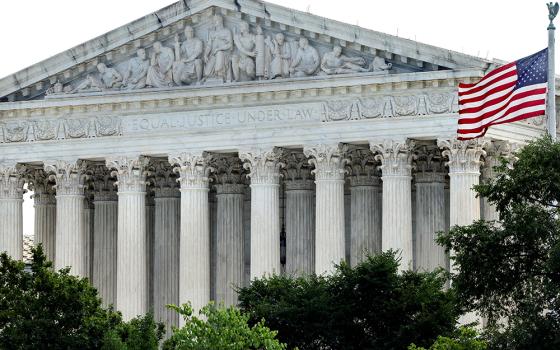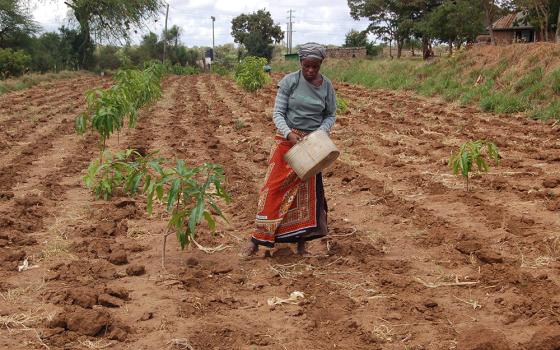Irish missionary Fr. Sean McDonagh is currently attending the U.N. Climate Change Conference in Copenhagen. He provides this account of his attendance at prior conferences and situates the present climate change conference within the history of U.N. climate change gatherings.
"This is my fourth time attending the Conference of the Parties (COP) to the U.N. Framework Convention on Climate Change (UNFCCC). My first one was COP 12, which took place in Nairobi in 2006. About 5,000 people were present the event, including country delegates, people from civil society organisations and the media. We all gathered at the headquarters of the U.N. Development Programme (UNDP) in Nairobi. Security was tight and all events closed down before 6 p.m. I stayed at the Maryknoll house which is situated just outside Nairobi. As far as I can remember the only Head of State who attended, the president of Kenya.
The following year, COP 13 took place on the beautiful island of Bali in Indonesia. It was housed in a complex of luxury hotels close to the beach. Because of the nightclub bombings in Bali some years previously, security was very tight. About 8,000 people attended among them two heads of State, the President of Indonesia and the, then, newly elected Prime Minister of Australia, Kevin Rudd. The most memorable moment in Bali meeting happened on the last evening when the US delegation was attempting to derail what became known as the Bali Road Map. In exasperation a negotiator from the republic of Vanuatu called on the US delegation to, at least get out of the way, if they did not want to be party to the negotiation process. The Bush Administration was opposed to any globally binding climate change agreement. The Bali Road Map set out the programme of work which would have to be completed in order to deliver a follow-up treaty to the Kyoto Protocol at Copenhagen in 2009. The reason why a robust treaty is essential here at Copenhagen is that the Kyoto Protocol expires in 2012.
COP 14 took place at Poznan in Poland, in December 2008. I stayed at a Capuchin monastery in the center of the old city. On the first night one of the friars brought me for a tour and of the Christmas markets. I was particularly drawn to the ice sculptures, especially the intricacies of many of the designs. The friar explained that traditionally these sculptures were carved in December and usually lasted through out the winter. In Poznan in December 2008, most of the sculptures had melted by the first Sunday of the Conference, a sure sign that climate change is already a reality.
One of the disappointments of the Poznan’s meeting was the fact that European Union drew back from the commitments it had given at Bali, which was that rich countries, Annex 1 countries in the language of the COP, would reduce greenhouse gas emissions by between 25 percent to 40 percent by 2020. The row back was as a result of pressure from the coal industry on the Polish governmentj and the fact that Chancellor Angel Merkel of Germany was facing re-election in 2009. She did not want to alienate the car, steel and coal constituency.
The opening ceremony of this year's conference took place on December 7. It was addressed by the Prime Minister of Denmark, Mr. Lars Lokke Rasmussen, He said that COP 15 was taking place at a time of unprecedented political good will. He urged the parties to reach an ambitious agreement in order to deliver 'hope for a better future' for all.
He was followed by the Executive Secretary of the U.N. Framework Convention on Climate Change, Mr. Yvo de Boer. He hoped that Copenhagen would result in an agreement on significant elements of the on-going negotiations. These include: Mitigation, which means cutting carbon emissions drastically in rich countries: Adaptation which involves making financial resources available to economically poor countries which are now and, in the future, will be badly effected by climate change; Initiatives to protect forests as carbon sinks and to make clean, non-fossil fuel technologies available to countries in Africa, South Asia and Latin America are also part of the negotiations. He emphasised that Copenhagen would be successful only if it delivered significant and immediate actions, beginning the day the conference ends
Madame Ritt Bjerregard, the Mayor of Copenhagen highlighted the Copenhagen Climate Summit for Mayors which will take place from December 14th to 17th 2009. She said that the city of Copenhagen aimed to be carbon neutral by 2025. She called on the negotiators to 'go very far and very fast' and turn Copenhagen into 'Hopenhagen.' "




